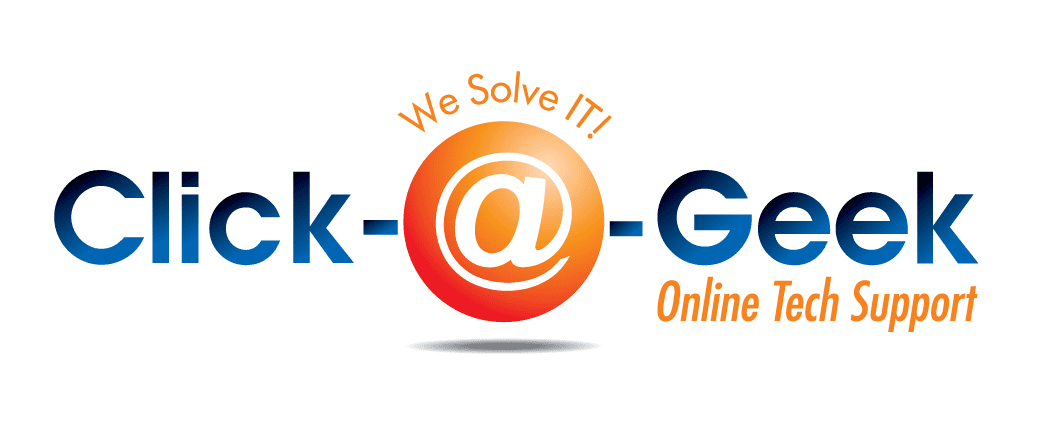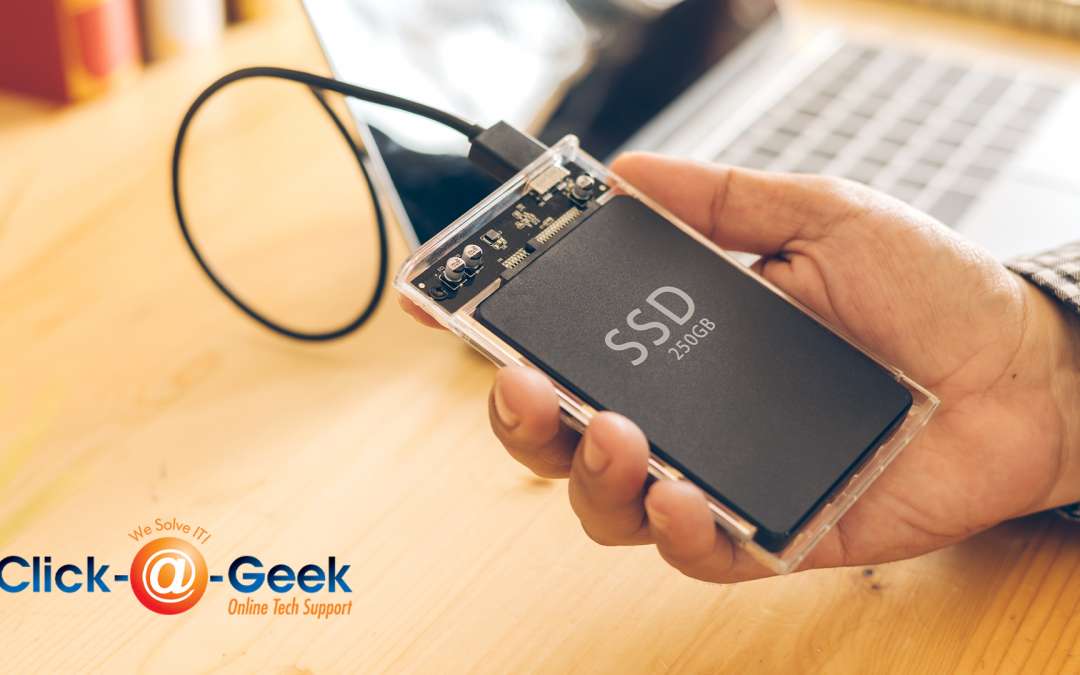Solid State Drives are an exciting new development in data storage. They are designed for extreme power conservation, high endurance, and high-speed data access. A solid-state drive is essentially a solid-state memory device that uses integrated circuit boards to store data permanently, normally using flash memory to operate as secondary storage on the computer’s hierarchy of hard drive storage. While they can store a lot of data and access a lot of data at the same time, the advantage to this type of hard drive (and the disadvantage to the traditional hard drive) is that they use far less power than traditional hard drives. In order to give you an idea of how these drives work, we will discuss some of the characteristics of a solid-state drive and then some of the benefits of the new generation of these drives.
The typical hard disk drives have three main parts: the hard disk itself, the read/write heads, and the non-volatile media storage. The hard disk drives provide us with primary storage and allow us to access and work on our data files. They also allow us to run applications, such as spreadsheets or databases and help us save time and money by saving them time and money required by searching through various forms of physical media for needed data. Because of their high storage options, they are becoming increasingly popular for home computers and laptops, though they continue to be quite expensive for desktop PCs. Currently, most solid-state drives (SSDs) use solid-state drives for this very purpose. As opposed to hard disk drives, which have moving parts, solid-state drives have no moving parts at all – they are entirely digital. They consist of small semiconductor diodes (which act as moving parts) and volatile memory storage (VMT) that stores the data.
There are two major benefits of moving parts: speed and reliability.
Speed is increased greatly by having no moving parts to slow down the transfer rate of information. This is why solid-state drives are so much faster than traditional hard disks. Additionally, the absence of moving parts increases the reliability factor. There is no possibility for something to go wrong, which is part of the reason why solid-state drives also have a much longer lifespan than most other hard disk drives. This is especially true when it comes to things such as hard disk drive failure.
As you can see, there are many benefits when it comes to using solid-state drives on your computer. The main drawback, as far as I’m concerned, is the cost per gigabyte. The reason for this is that most people don’t know how SSD’s work, so they’re not able to calculate the cost per GB using common methods. Therefore, I recommend reading my previous article on the benefits of SSDs, as well as my comparison between solid-state and conventional hard disk drives.
One thing that you should know about SSDs is that they use non-volatile memory. This means that changes to the stored data need to be processed more often, which makes them better suited for running applications that require frequent changes. Another advantage to using SSDs is the improved speed of booting up. Because everything is done on the flash, the hard drive doesn’t have to work as hard in order to get things started.
In general, the biggest disadvantage of using solid-state hard disks is the lack of compatibility with most applications. Most applications will recognize and work fine on a traditional hard disk. However, the drive requires additional features such as drive space or resource allocation in order to function as an effective storage option. Because of this limitation, most operating systems will not boot up from an SSD, which can result in poor usability. SSDs on the other hand, are very easily able to interact with applications because they use the space and time that applications would normally consume to boot up. Also, modern security measures have made it harder for intruders to destroy the hard disk or access its contents, which makes us even more appealing to many businesses.
Despite these disadvantages, solid-state drives still have several advantages over traditional hard disks. They are more reliable than their predecessors, they consume less power, and they offer better performance for data storage needs. These benefits have led many companies to use SSDs as part of their storage solutions, even when their physical presence in the building is not required. Even though they are steadily losing ground to hard disk drives that use solid-state technology, SSDs can still provide excellent performance in terms of price. It is important to look into solid-state hard disk drives before deciding whether or not to go with one in your own machine, but the benefits far outweigh any drawbacks that may be found in this modern-day setting.



Recent Comments